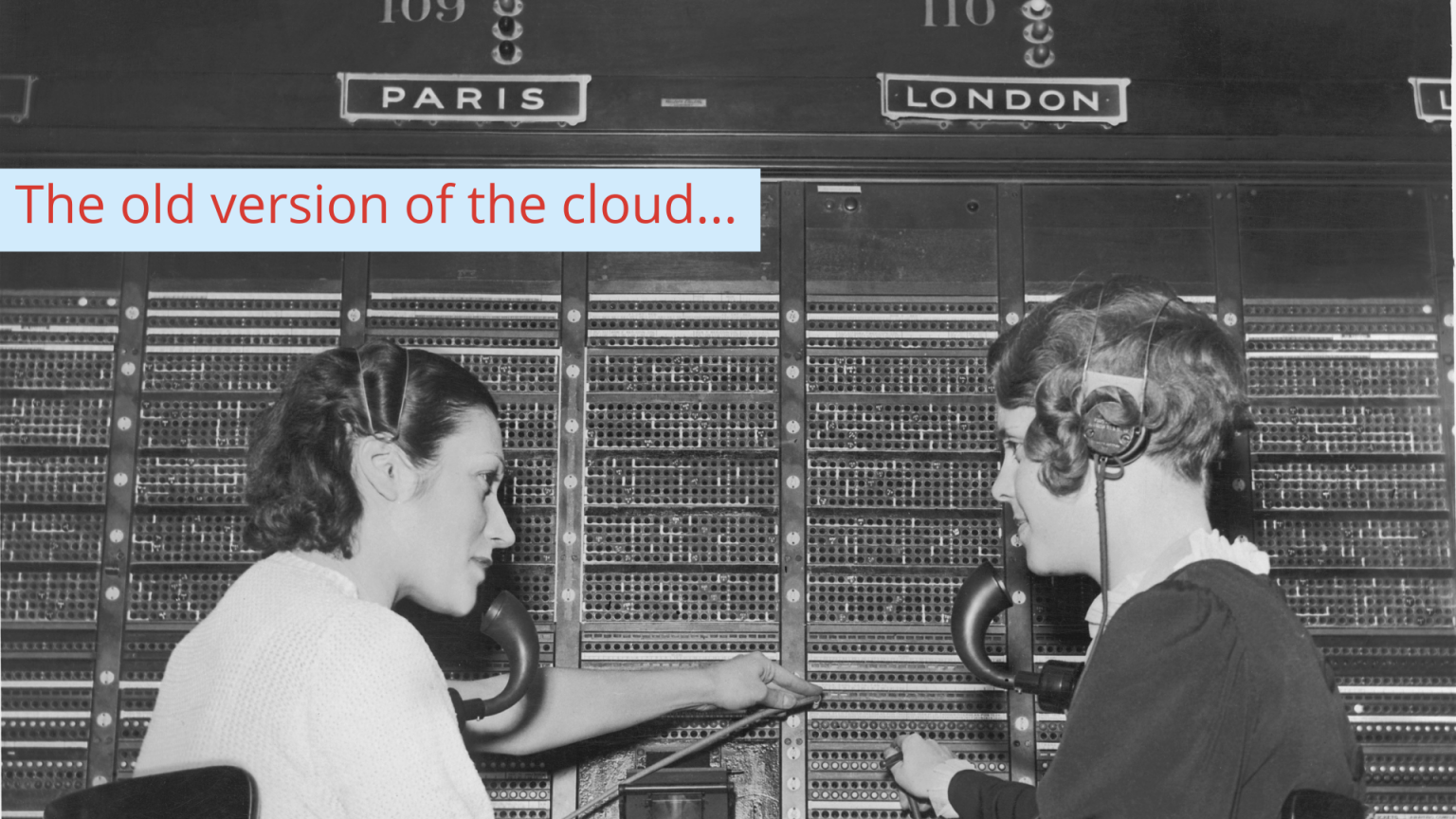The Big Mistakes That Switch People Off When You Speak and How to Avoid Them!
It can be soul destroying…knowing you have a great product or service but not being able to get the attention of your dream customer or get them to understand what you do or see the value of what you offer.
Does it feel like that happens to you when you speak?
If it does, then I want to say…it’s not your fault!
When we start a business the first thing, we’re often told to do, is focus get a website, logo and business cards.
But that’s just wrong.
The first thing you need to do is get your messaging right.
You need to learn how to communicate about your product or service in a way that gets and keeps the attention of your target customer.
You also need to realise that speaking is one of the most powerful marketing tools around.
So, what should you do if you’re having these sorts of thoughts and feelings:
“I can’t get people to easily understand what I do”
“I don’t know where to start in getting my message across”
“My business doesn’t stand out”
“I can’t seem to connect with people”
“I feel like my talks are boring”
“I can’t communicate the value of what I do”
“I can’t keep people engaged.”
“It just feels so forced when I speak, not like me at all.”
If you can relate to one or more of these AND you want your message to stand out so that your business grows, and you change more lives then read on…
…because I’m going to share the biggest mistakes I see people make with their messaging and speaking.
Mistakes that switch audiences off!
AND… I’m going to give you some tips for turning things around.
Ok, here we go…
The Biggest Mistakes that Switch People Off When You Speak:
1. Failing to grab Attention
I don’t think it’s a coincidence that we use the term ‘pay attention’, because attention costs us energy, and we only have a finite amount. That means if you want someone to pay attention to you, then you have to earn it.
To get the people to listen, focus and be open to your message you’ve got to hook them in. You’ve got to make them stop in their tracks and think “wait, what?”.

The problem is that when most people sit down to create their message, they use the newest part of the human brain with the highest reasoning and problem-solving capability. They do this because they make the assumption that it will be received in the same place for their audience.
Unfortunately, this is wrong!

To grab attention, you have to tailor your message to connect with and get past the most primitive part of the brain. That’s where all information gets received first, and this ‘croc’ brain acts like a nightclub bouncer… and they’ll only let your message past if it’s new, engaging and easy to understand.
2. Failing to consider the buttons you need to push in your audience
One of the big mistakes I see people making is just talking to the surface level problem.
To make any type of talk effective as a sales and marketing tool you need to be clear about what problem you’re solving, for whom and what their fears, desires and objections might be.
Holidays are a great example to use here. Everyone takes vacations but there are often very different pain points that a holiday is solving for people. Think about yourself… what does a holiday do for you beyond giving you time off?
It might vary depending where you are in your life… perhaps you’ve just bought a new house and your holiday will give you time to work on your home.
You might have a job where you spend lots of time in airports and a holiday for you might be perfect if it’s somewhere you can get to by car.
You might be into adventure and your holiday will give you a chance to explore somewhere off the beaten track.
You may have a young family and a holiday for you will be somewhere that gives you a chance to relax whilst keeping your children entertained.
You may be single and looking for love, and your holiday would be perfect if it gave you a chance to meet other single people to share an experience with.
By knowing your customer intimately, you can position your offer in a way that speaks to the deeper desire or fear that they have. It’s by connecting at that level that will get them to start believing that what you offer will be the answer, and that will motivate them enough to take action.
The thing is though, that you mustn’t be overtly tapping into their fears, desires and objections…you need to do it in a way that is subtle and gets them to have an ‘AHA’ moment without you being pushy or salesy.
You’ve got to start with your audience and the end in mind so that your pitch, podcast,
webinar, or video is designed in a way that takes them on a journey from where they are… to where you need them to be to take the action you want.
That is the foundation of all success in speaking.
 3. Focusing on Features and Benefits
3. Focusing on Features and Benefits
Features and benefits are not what makes people buy your stuff.
I understand why you want to focus on these, they definitely play a part in the customer journey, but not until much later on. There’s a far more critical part of the puzzle you need to share up front.

The most important part of your talk is showing the transformation your audience wants most and how your product, idea or service achieves that, and there is a better way to do that.
That’s because our buying decision is made emotionally first…you need to tap into the emotions of your audience and create ‘AHA’ moments that enable us to see the future we want through your message. When we can see that future for ourselves, then we’ll be open to knowing how your product or service will get us there.

If you carry on making your focus your features and benefits, then you won’t engage your audience in the way you want it to.
4. Making your message forgettable
Sometimes it can be a challenge to get people to relate to what you do, keep your audience engaged and get them to remember your message, but it’s vital to work on this if you want more sales.
This is all about making your message ‘sticky’.

This can be hard to do because you are so close to your business and you have an ‘expert’ mindset, or because you just can’t find a way to explain it easily…or both. In this scenario there are two things you need to do. Firstly, you need to come at it from a beginners’ mindset…
Think back to when you first found out about the thing you do… how did that happen, what did you hear or see that made you think it was brilliant? Can you recreate that in some way for your potential customers… via a story or a prop?
Secondly, for anything complex or technical you need to find an analogy for it that people can relate to. Let me give you an example…
I’ve had clients who work in ‘the internet of things’ which is basically about bringing inanimate objects to life and enabling them to talk to each other using cloud technology, which is kinda’ like one of those big old telephone switchboards except that it floats on the internet and it doesn’t need wires. This technology has made things like smart homes possible, has given us wearable technology to keep us fit and has given warehouse shelves the ability to automatically send an order to a supplier when stock gets below a certain point. It can make our lives easier and businesses more efficient.

So… to stop people from falling asleep when you write or speak about your product or service do these two things:
- spend some time thinking about what everyday object or experience that people can easily relate to would be ‘like’ your product or service, or like the benefits it would give them; and
- think back to why you fell in love with what you do.
5. Not being yourself…
Many people believe that to be a good presenter you must speak perfectly and stop using filler words…
This is a crock!

I can see why you might be concerned about this…many of the most famous speaking organisations have someone who is actually counting how many filler words are used when people speak.
Do you know what though… Sir Ken Robinson, who has one of the most watched TED talks of all time, uses 15 ums in the first two minutes and he’s done alright! In fact, in seven out of ten of the most popular TED talks of all time, including people like Brene Brown and Amy Cuddy, all the speakers use filler words.

(Image from TED Talk Video: https://youtu.be/wX78iKhInsc)
Connecting with people and getting your message across is NOT about having perfect diction, grammar or getting rid of filler words.
One of my students told me that previously she had been told she had too many filler words by one of these organisations and next time she was speaking she was counting them in her head whilst she was talking!!
Do you think she was present in that talk; do you think she was connecting with her audience or being as impactful as she could be? Do you think she was being her authentic self?
No way Jose!

The other thing to mention here is what I call the Stepford Wives trap, which many people are falling into. There are some influencers who are selling ‘done for you’ scripts, with the promise that it will help you get results faster.
Your audience doesn’t want some regurgitated content you got from an influencer who used it three years ago. They want to hear your thoughts, opinions and stories.
As INC magazine reported, “authenticity is attractive…80% of consumers say that authentic content can compel them to engage with a company. In a world filled with fake news, alternative facts and a deluge of marketing messages, people yearn for what is real.”
And as Simon Sinek says “People don’t buy what you do; they buy why you do it.”
Getting these done for you scripts might get your content out there faster but if that content doesn’t serve you or your target audience in the best way, then you’re just wasting your time and money.
The truth is… if you continue trying to be someone else or a perfectly scripted ‘robot speaker’, then you’ll never achieve real connection with your audience. The type of authentic connection that will get them to shift their beliefs and buy your stuff, and you’ll never have the success you could have as a speaker if you’re afraid to take risks, be different and be yourself…
…all of which will suck for your business and your audience.
6. Falling into the ‘imposter syndrome’ trap
I’m a fan of Ru Paul’s Drag Race and one of the tag lines Ru says to the girls every episode is … “If you don’t love yourself, how in the hell you gonna’ love somebody else?!”
I think something similar applies to your speaking when you’re marketing your product or service…
“If you don’t believe in it yourself, how in the hell you expect other people to believe in it enough to buy it?!”
Whenever you’re speaking about your product or service you have to be engaged, passionate and confident about it.
You have to let go of doubt and worry about being judged and go all in.
You need to share the difference it’s made in your life or the life of your customers with energy and commitment.
If you know that what you do truly can make a difference to others, and you’re not sharing that passionately and powerfully because you’re focused on yourself…you’re being selfish.

Ok, so I’ve shared the big mistakes, and you may be thinking…thanks for that Sarah, but what should I be doing instead…what is the big secret?
The Secret to Standing Out and Selling Online…
The solution to many of these mistakes and the secret to standing out, making people care and selling when you speak is something that we’ve been doing as human beings for thousands of years, and that is…
…telling stories.
Stories are the most powerful communication tool around.

The trouble is that a lot of the time people aren’t confident storytellers because they have a lot of questions about using stories in speaking and marketing…like:
“What do you mean by ‘story’?”
“What type of story should I use.”
“How long should it be?”
“Where and how should I use them?”
“Where do I find the stories to use?”

The good news is that the answers to these questions are exactly what I’m covering here in What do they Mean by Tell a Story? – Storytelling 101
See you there!
By Sarah Archer
